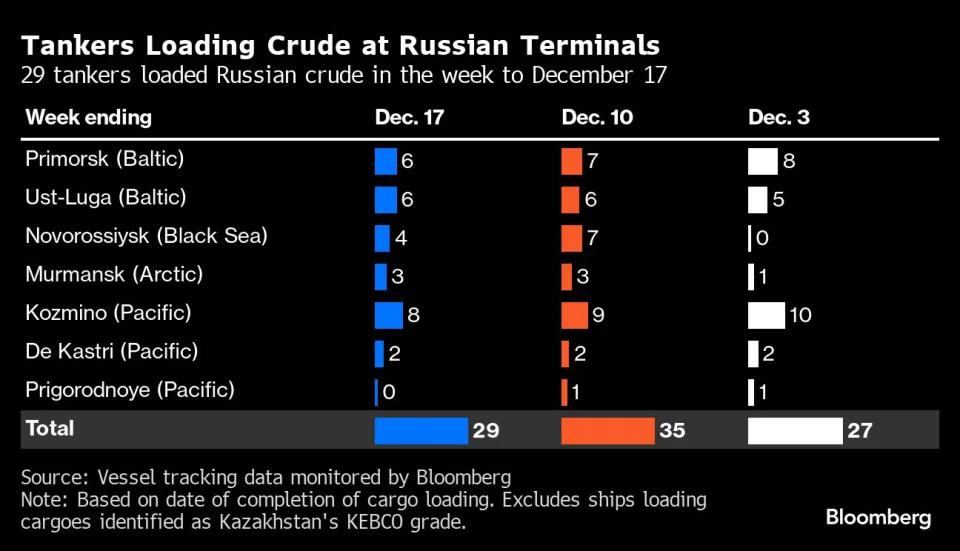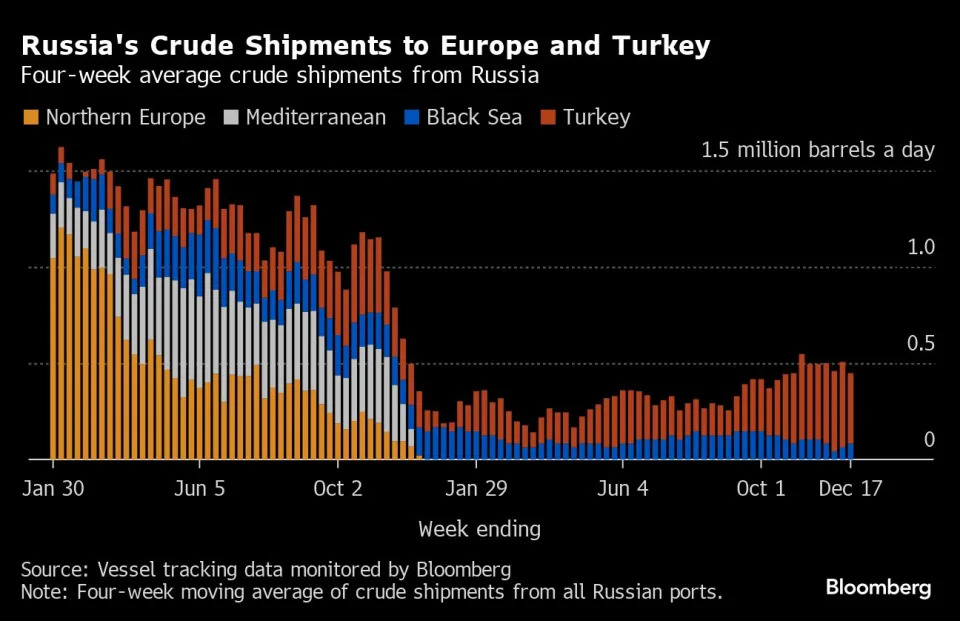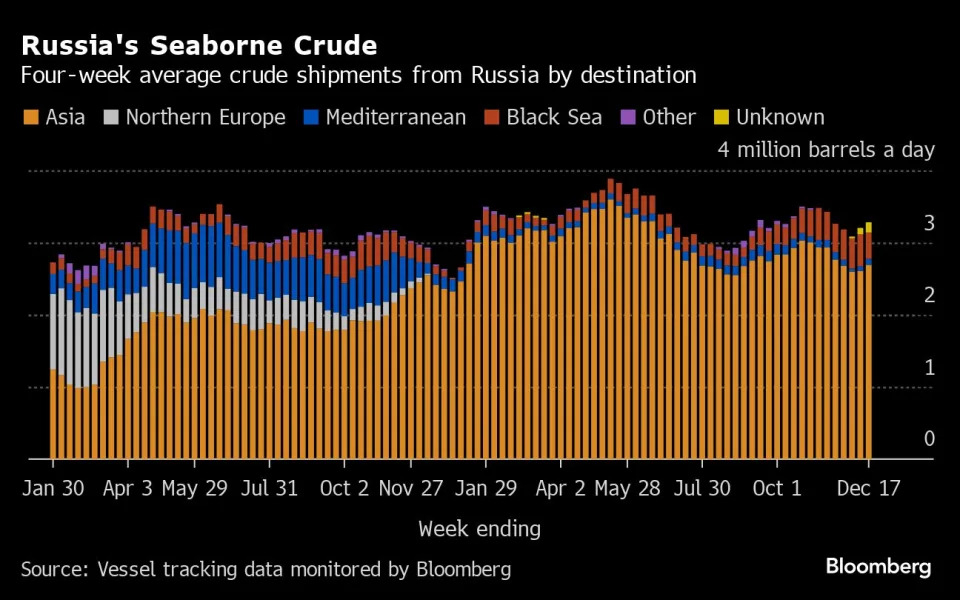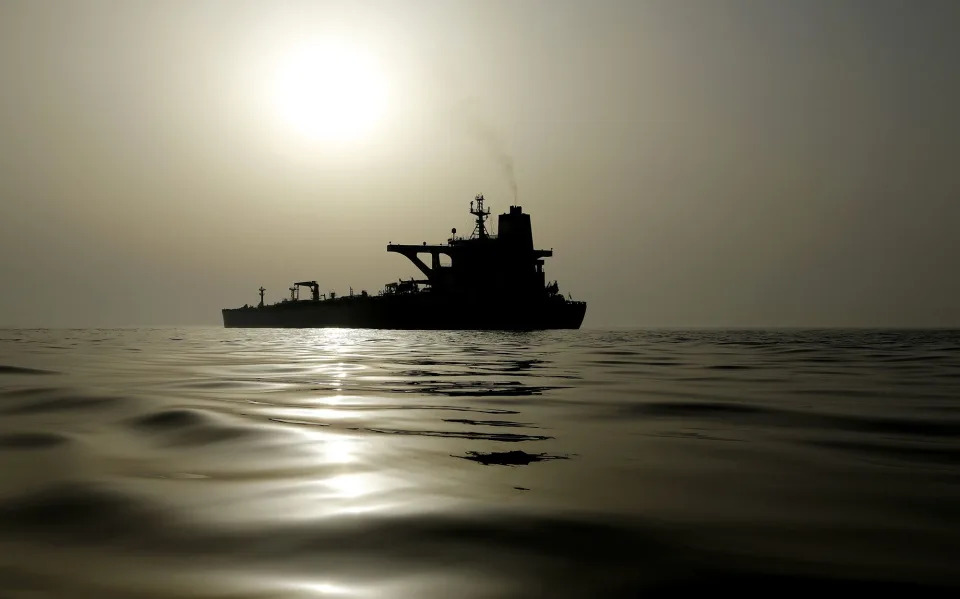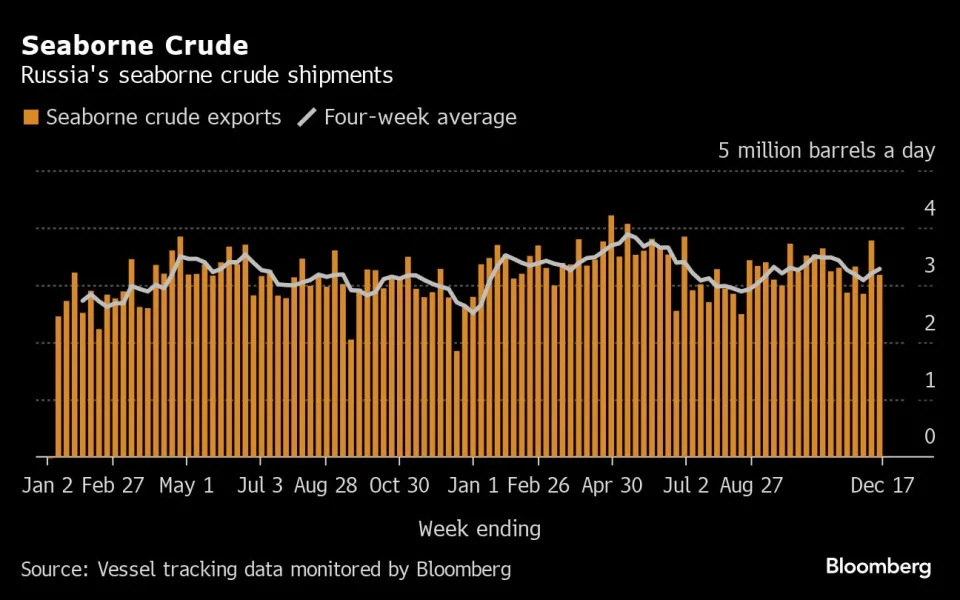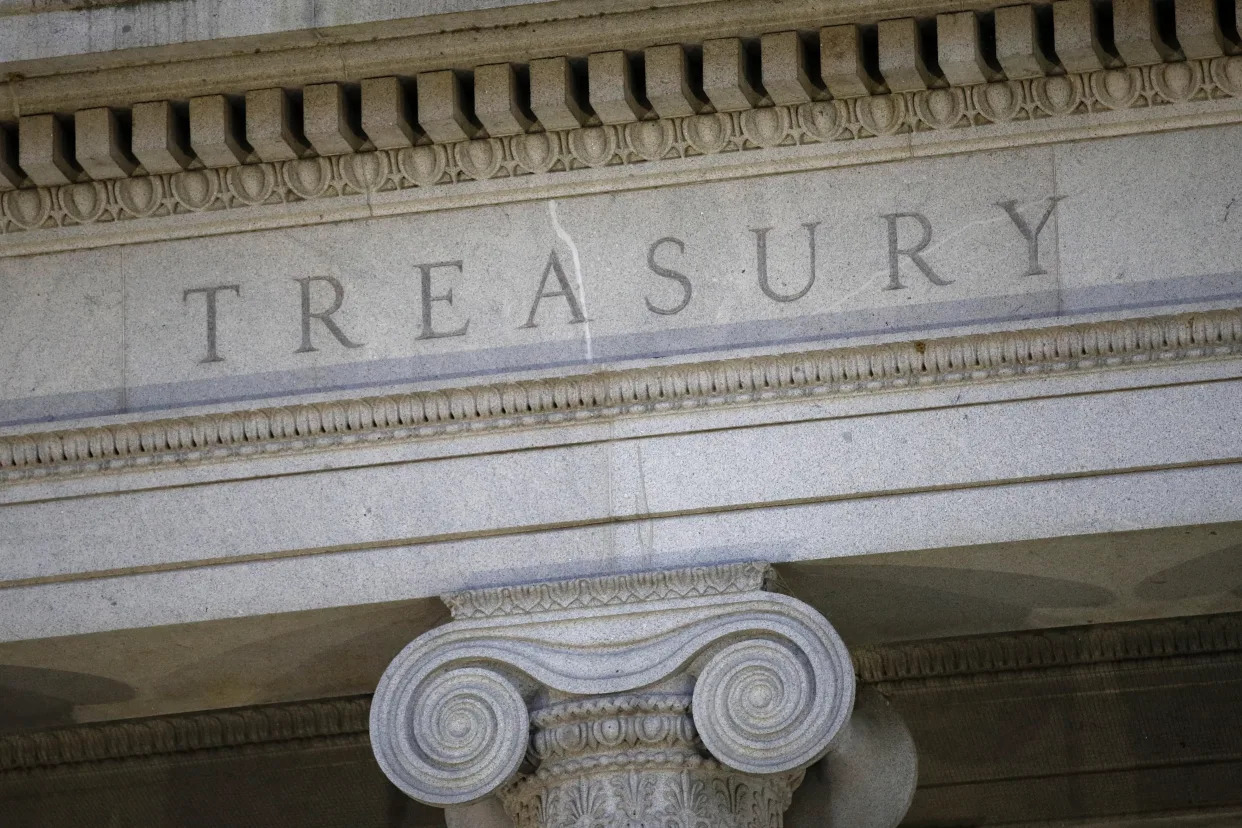UK families caught up in Sunak's plan to
cut migration
Suban Abdulla and Natalie Thomas
Wed, December 20, 2023



Alexandra Kimmons poses at her home during an interview with Reuters, in London
DURSLEY, England (Reuters) - In early December Rebecca Kaya was celebrating after she and her Kurdish husband Baran finally hit their savings goal to qualify for a British visa so the couple could move from Icmeler in Turkey to Britain.
A few days later Prime Minister Rishi Sunak hiked the amount a British person must earn in order to sponsor a foreign partner to move to Britain - raising their fears that the savings threshold will also jump and their nest egg will not be enough.
The new policy came days after official data put legal net migration to Britain at a record high of 745,000 in 2022, prompting the government to announce a raft of measures to make it harder for people to move to the country.
Public concerns over high levels of migration have dominated Britain's political landscape for more than a decade, playing a key role in the country's vote to leave the European Union and prompting Sunak to try to send those who arrive illegally to Rwanda to act as a deterrent.
Targeting those who arrive on spousal visas - some 65,000 in the year ending September - the government has more than doubled the annual salary a British person must earn to sponsor a foreign partner's visa, to 38,700 pounds ($49,170) from 18,600 pounds.
According to the Migration Observatory at the University of Oxford, nearly 70% of British employees in the UK do not earn enough to qualify for the higher level in 2023.
It said Britain had one of the highest income requirements in the world, as many other countries base their levels around the minimum wage.
For the Kayas, they had pursued an alternative way of securing a visa, by building up personal savings from Baran's work in the family business in the hospitality trade, Rebecca's online jewellery company and inheritance money from her father.
They had just put the required 62,500 pounds into a UK account, where it would need to be for six months to gain a visa.
While the government has not said if the savings threshold will also rise, immigration lawyers expect it will. Immigration advice websites suggest it too could more than double, if the same calculation is applied as on income.
"We're doing everything that they're asking and ... just as we're at the final hurdle, they changed the requirements," Rebecca Kaya said on a visit to a family member's home in a small town outside Gloucester, England.
Britain's Home Office, the interior ministry responsible for migration strategy, has said the new policies will not be applied retrospectively and until the immigration rules are amended the minimum income threshold will remain the same.
"We are establishing the specifics of the policy, including how it will apply to those renewing visas, and will confirm more details in due course," a spokesperson said.
VISA RENEWALS
The new policy, which will come into force in April, has been announced with very few details, spreading alarm not just through couples hoping to move to Britain, but those already present who need to renew their visas.
Josephine Whitaker-Yilmaz, policy expert at migrants' charity Praxis, said the change was "strikingly at odds with the government's claim to be the party of families".
Paige Ballmi, 29, and her husband Tom, 29 who is from Albania, fear their domestic set up will be turned on its head too.
Under the rules, a first spousal visa depends on the income of the British national, but a couple's combined income will be considered for future visa renewals.
In their case, Tom, earning 32,000 pounds as a self-employed carpenter, is the main provider while Paige cares for their two-year-old daughter.
He will be eligible to apply for indefinite leave to remain in April as his second spousal visa expires, but she fears he may have to leave if they do not meet the 38,700 requirement.
"(This) is totally unfair on my child," she told Reuters in her home in Enfield, London. "She has a right to have both her parents here."
While there is support for Sunak's migration policies among parts of his party and the public, any heavy-handed move to tighten numbers also draws criticism, from businesses who say it will harm the economy, and from those who accuse the government of dictating who they can and cannot love.
On its own, a tightening of spousal rules is unlikely to hit the economy but critics have warned that some of those on the spousal system first came to Britain for postgraduate degrees, the type of skilled worker the government should want to retain.
Alexandra Kimmons, 29, hoped she would live in Britain with her husband, Ben Fong, when he completes his studies in the United States. But earning 35,000 pounds in the non-profit sector she is now considering asking family for help with savings, taking an extra job, or moving to the United States.
"Would you look at two thirds of people on the street and say you don't have the right to fall in love with somebody who lives outside the UK?" she said.
($1 = 0.7871 pounds)
(Reporting by Suban Abdulla; Editing by Kate Holton and Alison Williams
Charles Hymas
Tue, December 19, 2023

Ministers are attempting to reduce the £8 million-a-day cost of housing asylum seekers in hotels - James Manning/PA
Asylum seekers living in hotels are to have their allowances cut to £1.27 a day as the Government seeks to deter further arrivals and reduce costs.
The weekly support for migrants housed in hotels is to be cut from £9.58 to £8.86 a week, for day-to-day living, clothing, travel and any leisure activities.
The allowance is calculated by subtracting costs including food, IT and wi-fi from the weekly allowance of £49.18 for asylum seekers who are not in hotels. They previously received around £1.37 a day.
It comes as ministers attempt to reduce the £8 million-a-day cost of housing asylum seekers in hotels and counter the image of Britain as a “soft touch” for migrants.
Ministers aim to shut 50 of the 400 hotels currently being used for asylum seekers by the end of this year. They have also mounted a drive to save millions by requiring more migrants to share hotel rooms.
The Home Office has justified the cut in the daily allowance by citing a change in the methodology, which bases the calculation on the reduced spending by households in face of a cost of living crisis.
A source said it meant asylum seekers were being required to “cut their cloth” to take account of tougher times in the same way as households.
A Home Office background note accompanying a statement setting out the changes said: “Like all people, asylum seekers and failed asylum seekers need to budget appropriately and plan their expenditure according to the income available to them.”
However, the move has provoked criticism from refugee charities. Enver Solomon, the chief executive of the Refugee Council, said: “The Government isn’t doing nearly enough to protect people seeking asylum from poverty and destitution.
“They are constantly struggling to afford even basic essentials, such as toiletries and paying for travel to attend Home Office appointments, at a time when the cost of living is rising. This has a real impact on the mental health and wellbeing of men, women and children who are already coping with trauma and anxiety.
“With thousands of people waiting for a decision on their asylum claim, unable to work and forced to rely on the Home Office for everything, the payments should reflect actual need and be increased to a level that makes dignified living possible so people can support themselves and their families.”
Emma Birks, the campaigns manager at Asylum Matters, said: “The stark reality is that the low level of support means people seeking asylum are trapped in a never-ending state of financial uncertainty.”
Under the changes, which take effect next month, allowances for asylum seekers in accommodation other than hotels will rise from £47.39 to £49.18, a 3.78 percent increase, just below the 3.9 per cent CPI rate of inflation for November.
For pregnant women and children aged at least one and under three, the level of additional support is increased from £3.00 to £5.25, and eligibility is expanded to include children aged three. For children aged under one, the additional support is increased from £5.00 to £9.50.
A Home Office spokesman said: “We continue to meet our legal obligations by providing support and accommodation for asylum seekers who would otherwise be destitute.
“The level of the allowance given to individuals is reviewed each year to ensure it covers essential living needs. This year weekly allowances have increased for many, including pregnant women and young children.”

























